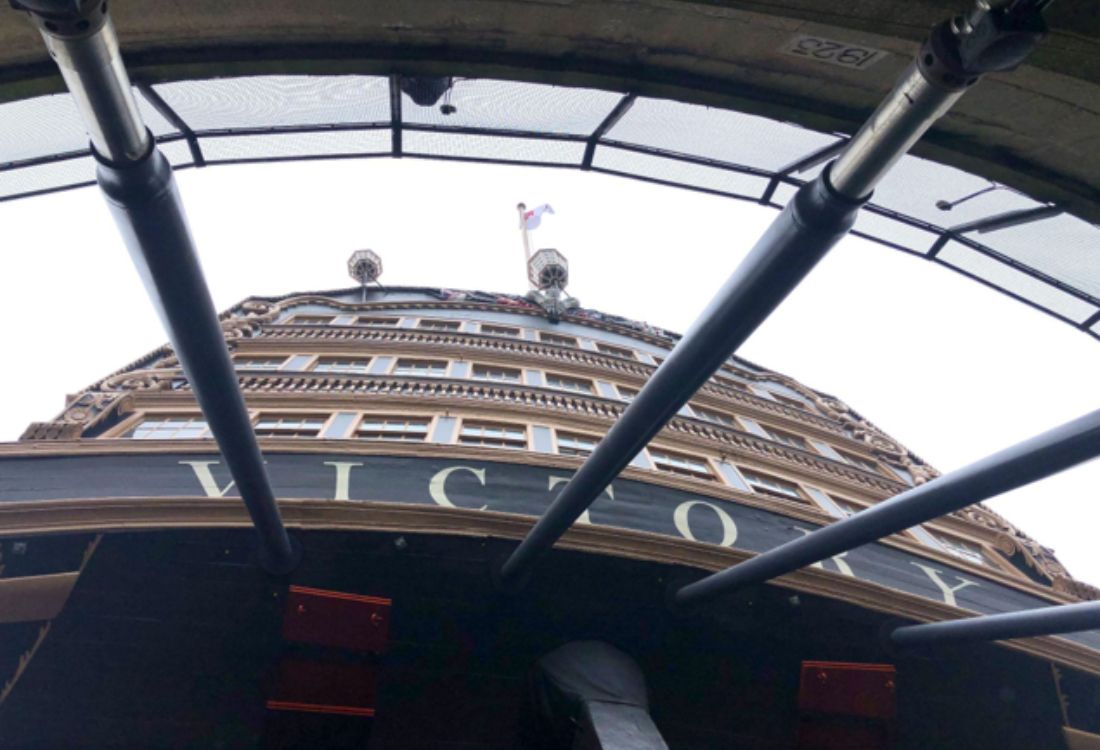
Historic Ships In Dry Dock: Key Considerations In Support System Design
HMS Victory in Portsmouth Historic Dockyard is a prime example of how historic ships can be restored through a highly specialist and meticulous conservation process. However, historic ship restoration is a delicate and difficult process that requires a robust support system to prevent the vessel from being exposed to damage during repair works and beyond.
In this article, we will outline the main factors to consider when designing a support system for conserving historic vessels.
Preserving The Fragile Hull
The hull of a historic ship is often fragile, as it has been weakened over time by its exposure to unforgiving marine conditions. Therefore, a support system that is robust and sensitive to the ship's structural integrity is essential. The design must evenly distribute the weight of the ship, avoiding excessive pressure on stress points to prevent existing weaknesses from being exacerbated or new damage to be caused. A methodical approach to designing the support structure is vital to preserving the ship's historic fabric during restoration and repair works.
Unearthing Hidden Weaknesses
Latent weaknesses in the hull are common challenges when restoring historic ships. A specialist structural survey is indispensable in identifying these hidden vulnerabilities, which could cause irreparable damage to the vessel if not taken into account. Specialist surveys provide a detailed understanding of the ship's current condition, revealing areas that require extra care or specific support, and inform the design of a support system to enhance its efficacy.
Understanding The Complexity Of Historic Ships
Historic vessels are complex structural systems with unique histories, modifications, and material conditions. No historic ship is the same as another, so advanced modelling and structural analysis are crucial to understanding how each vessel can be supported. Detailed analysis helps to identify the optimum configuration for the support system, ensuring that it aligns with the ship's current structural needs.
Futureproofing Historic Ships
Restoring a ship is not just about preventing the loss of vital historical evidence but also about preserving it for the future. Several factors must be considered in this respect throughout the restoration process: long-term creep in timber elements; environmental influences, such as temperature and humidity; and wind loading. A support system that considers these long-term factors is crucial to maintain the ship's integrity over time and ensure its restoration delivers lasting results.
Meticulous Planning For Temporary Conditions
During restoration, changes to the support system are sometimes necessary. These temporary conditions should be approached with the same level of care as a permanent setup. Even short-term alterations can cause irreversible damage if not properly planned and executed, so it is essential to ensure that every phase of the support system, whether temporary or permanent, is designed with the utmost care and precision.
Contact The Experts In Historic Ship Restoration
At Fenton Holloway, we are global experts in the professional restoration of historic ships. To learn more about how we can help, please email Javier Gutierrez today at jgutierrez@fentonholloway.com
/Javier%20Gutierrez%20-%20Historic%20Ships%20-%20Long.webp)

.png?width=365&height=215&name=Brochure%20CTA%20(1).png)